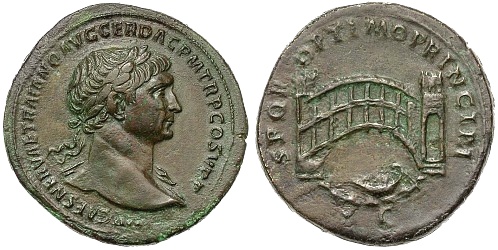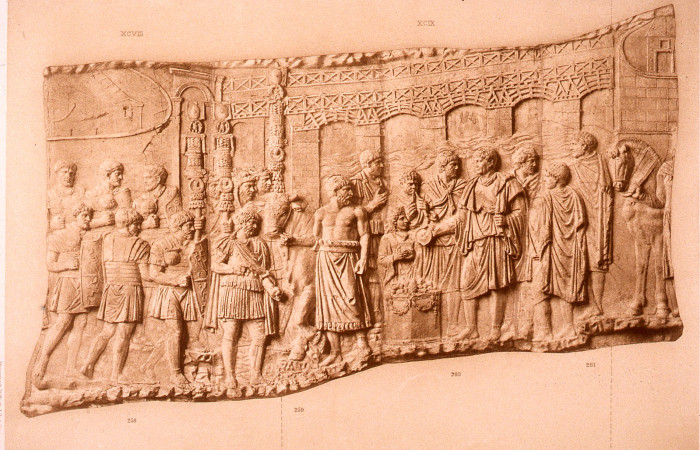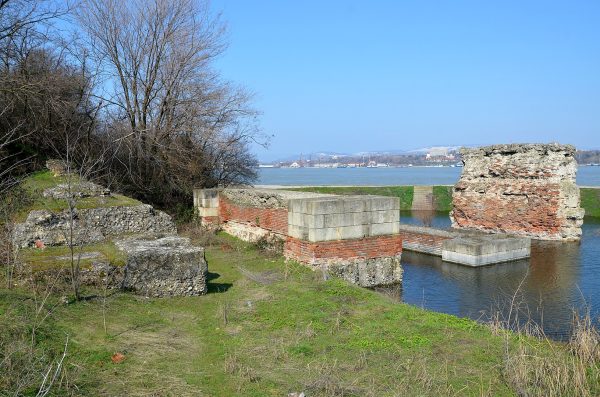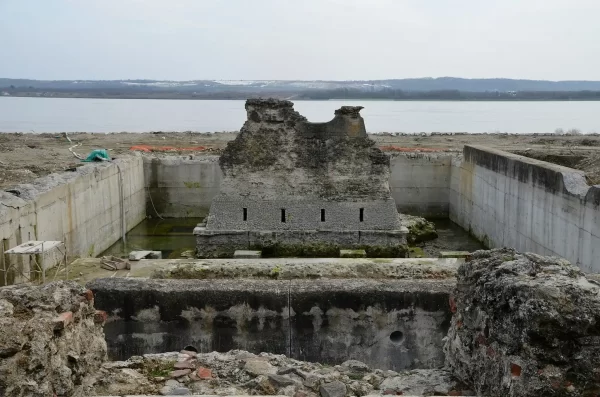Mighty Rome. Stretching across three continents. Always expanding. Conquest, Capture, Convert. Known for the expansive network of brick roads, allowing legions to control the vast empire. Uprisings, invasion, raids, all are mitigated by an effective and timely task force of Roman soldiers ready to protect the borders.
Emperor Trajan looks upon the Carpathians as a man looks at the forest across his new land. His conquests into Dacia (modern day Romania) have already darkened parchment in the annuls of History. But there was always more. Legendary status could be his, to drive a campaign with enough fervor that future kingdoms would refer to him as the father of civilization.
Reports came to Rome of raiding Gatians across the Danube, attacking the Roman camps along the river. This was his opportunity. Here marked the first stroke of his pen.
Dividing the border between present day Bulgaria and Rome, the Danube River flows from the Black Forrest in Germany East into the Black Sea. Its segment in Romania is well fed by run off from the Carpathian mountains across the Wallachian plain, reaching a span well over 1.5 km. It’s shallow bed makes for intense rapids that provide difficulty for crossing.
A network of floating pontoons tied together was the Roman’s initial response for troop transportation into uncharted territory. But this proved slow and difficult against the raiding parties.
Eager for conquest, Trajan hired the Greek architect Appollodorus to construct a bridge spanning the great river. Over the course of two years beginning in 103 A.D. a bridge spanning approximately twenty columns made with stone pillars and wooden arches became one of the greatest engineering wonders of the ancient world.
With no physical land barrier to stop Trajan, the great Gatian leader Decebalus was quickly overwhelmed and defeated. Trajan quickly populated the area with Roman citizens, Roman currency, and Roman speech, and became a permanent settlement for over 200 years.


Sadly, Appollodorus’ original transcripts and descriptions were lost even to the early Roman historian Cassius Dio not less than 100 years after the bridge’s construction. The best source of information we have on Trajan’s victory over the Gatians was carved into a ceremony Column that now sits outside the Forum in Rome, Italy.
Nearly 100 ft (30m) tall and over 150 individual scenes, limited space was dedicated to the arch in scenes XCVIII and XCIX, and the artist used his creative freedom to squeeze the bridge down to 5 spans, but retained much of the complex wooden latticework that displayed the advance construction methods of the great ancient empire.
FRANCIS E. GRIGGS, JR. – Civil Engineering Practice | SPRING/SUMMER 2007
In the 6th Century A.D., Procopius of Caesarea wrote his account of the bridge in De Aedificiis, explaining how “the bridge was completely destroyed by the floods of the Ister and by the passage of time.” In less than 400 years, this great engineering feat was gone. It’s disuse is explained by the Roman’s eventual abandonment of Dacia. The current Dacian population (descendants of the initial Roman settlers and Gatians) was subject to raids from the northern tribes across the Carpathians. The constant aggression later forced Emperor Aurelian to withdraw all Roman people in the late 3rd Century, rendering Trajan’s Bridge useless from that point on. This means the bridge was only used and maintained for less than 200 years.
Today, very little remains of the bridge, with just one major abutment on the south end in Serbia, and the basic outline of a fort and abutment on the north end in Romania. So few details for an ancient marvel of engineering and design.


Molon Labe